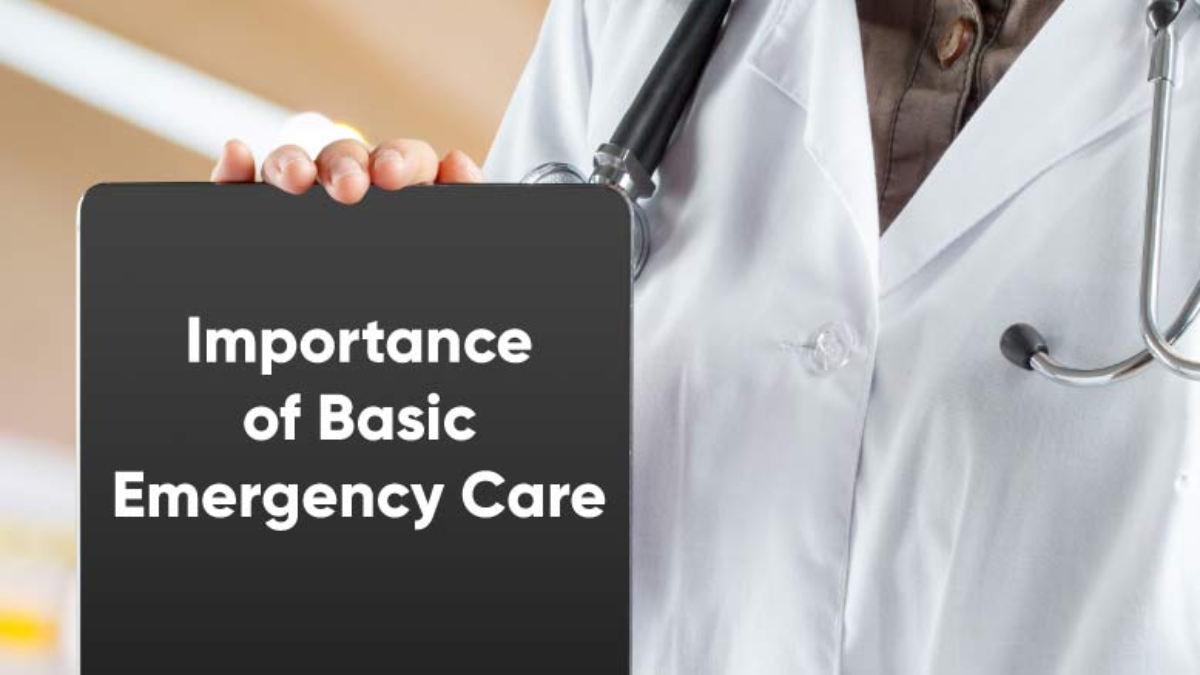Emergency services are the lifeline of hospitals. They provide immediate care to patients suffering from accidents, trauma, heart attacks, strokes, and other critical conditions. The emergency department, often called the ER (Emergency Room) or Casualty, operates 24/7 and is equipped with specialized staff and advanced technology to save lives in critical situations. Without emergency services, hospitals cannot fulfill their most vital duty—preserving life during medical crises.
Role of Emergency Services
- Life-Saving Care: Emergency teams stabilize patients before shifting them to specialized departments.
- Rapid Response: Timely treatment prevents death and complications.
- Critical Support: Handles trauma, poisoning, burns, and severe injuries.
- Bridge to Specialized Treatment: Transfers patients to ICU, surgery, or cardiology for advanced care.
- Disaster Management: Plays a key role during natural disasters, epidemics, and accidents.
Key Features of Hospital Emergency Services
1. 24/7 Availability
Emergency services are always open, ensuring patients receive immediate attention at any time of the day or night.
2. Triage System
Patients are categorized based on urgency:
- Red Zone: Life-threatening cases requiring immediate intervention.
- Yellow Zone: Serious cases but not immediately life-threatening.
- Green Zone: Minor injuries and illnesses.
3. Advanced Equipment
Emergency rooms are equipped with:
- Defibrillators for cardiac arrest
- Ventilators for breathing support
- Monitoring systems for vitals
- Advanced trauma care kits
4. Skilled Emergency Staff
- Emergency physicians
- Trauma surgeons
- Nurses trained in emergency care
- Paramedics and first responders
5. Ambulance Services
Hospitals often have fully equipped ambulances that provide pre-hospital emergency care and safe patient transport.
Common Cases Handled by Emergency Departments
- Heart attacks and strokes
- Road accidents and trauma injuries
- Poisoning and drug overdoses
- Burns and severe wounds
- Respiratory distress
- Seizures and neurological emergencies
- Uncontrolled bleeding
- Severe allergic reactions (anaphylaxis)
Importance of Emergency Preparedness
Hospitals with strong emergency services ensure:
- Reduced Mortality: Quick action increases survival rates.
- Better Recovery: Early treatment prevents long-term disabilities.
- Public Trust: Patients and families feel secure knowing help is available anytime.
- Community Safety: Emergency services contribute during epidemics, natural disasters, and mass accidents.
Collaboration With Other Departments
Emergency services coordinate with:
- ICU for critical monitoring.
- Radiology for quick imaging.
- Surgery for life-saving operations.
- Blood Bank for transfusions.
- Cardiology and Neurology for specialized emergencies.
This multidisciplinary approach ensures holistic care.
Challenges Faced by Emergency Services
- Overcrowding of patients.
- Shortage of trained staff.
- High stress and burnout among emergency workers.
- Risk of infections during outbreaks.
- Need for continuous upgradation of equipment.
Future of Emergency Services
- Use of AI and telemedicine for faster diagnosis.
- Mobile emergency apps for faster ambulance response.
- Advanced life support ambulances reaching patients within minutes.
- Community awareness programs for CPR and first aid training.
FAQs About Emergency Services in Hospitals
1. Why are emergency services important in hospitals?
They save lives by providing immediate treatment during critical medical situations.
2. What is triage in emergency care?
It is the process of prioritizing patients based on the severity of their condition.
3. Do all hospitals have emergency services?
Most modern hospitals, especially multispecialty ones, have 24/7 emergency departments.
4. What are common emergencies treated in hospitals?
Heart attacks, strokes, trauma injuries, poisoning, burns, and severe bleeding.
5. Who works in emergency departments?
Emergency physicians, trauma surgeons, paramedics, and nurses trained in critical care.
6. How do ambulances help emergency services?
Ambulances provide first aid and stabilize patients before reaching the hospital.
7. What equipment is used in ERs?
Defibrillators, ventilators, trauma kits, and monitoring systems.
8. Can emergency services handle disasters?
Yes, they are crucial during natural disasters, epidemics, and mass accidents.
9. How do emergency services reduce death rates?
By providing immediate life-saving interventions before conditions worsen.
10. What is the future of hospital emergency services?
Greater use of technology, AI, mobile apps, and faster ambulance response systems.

